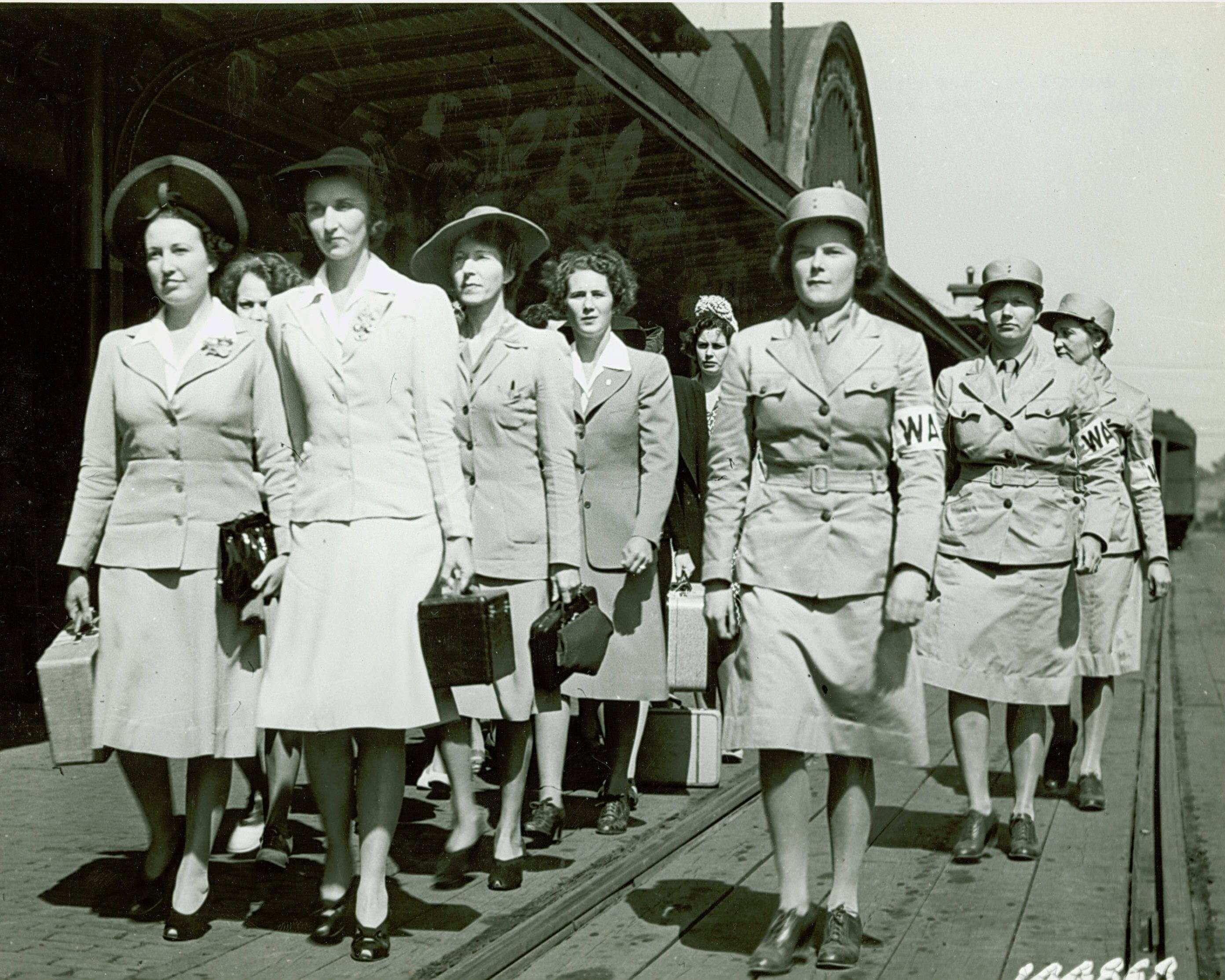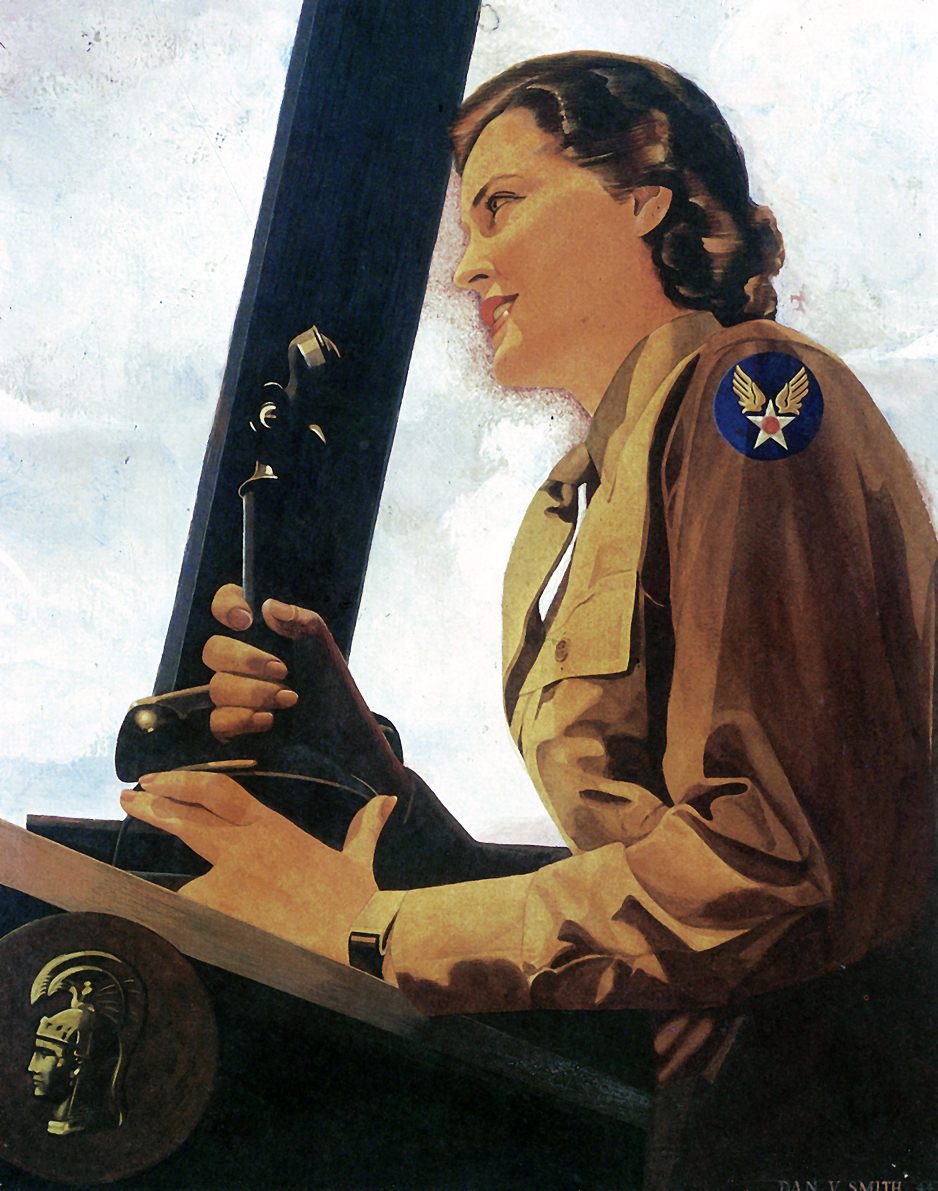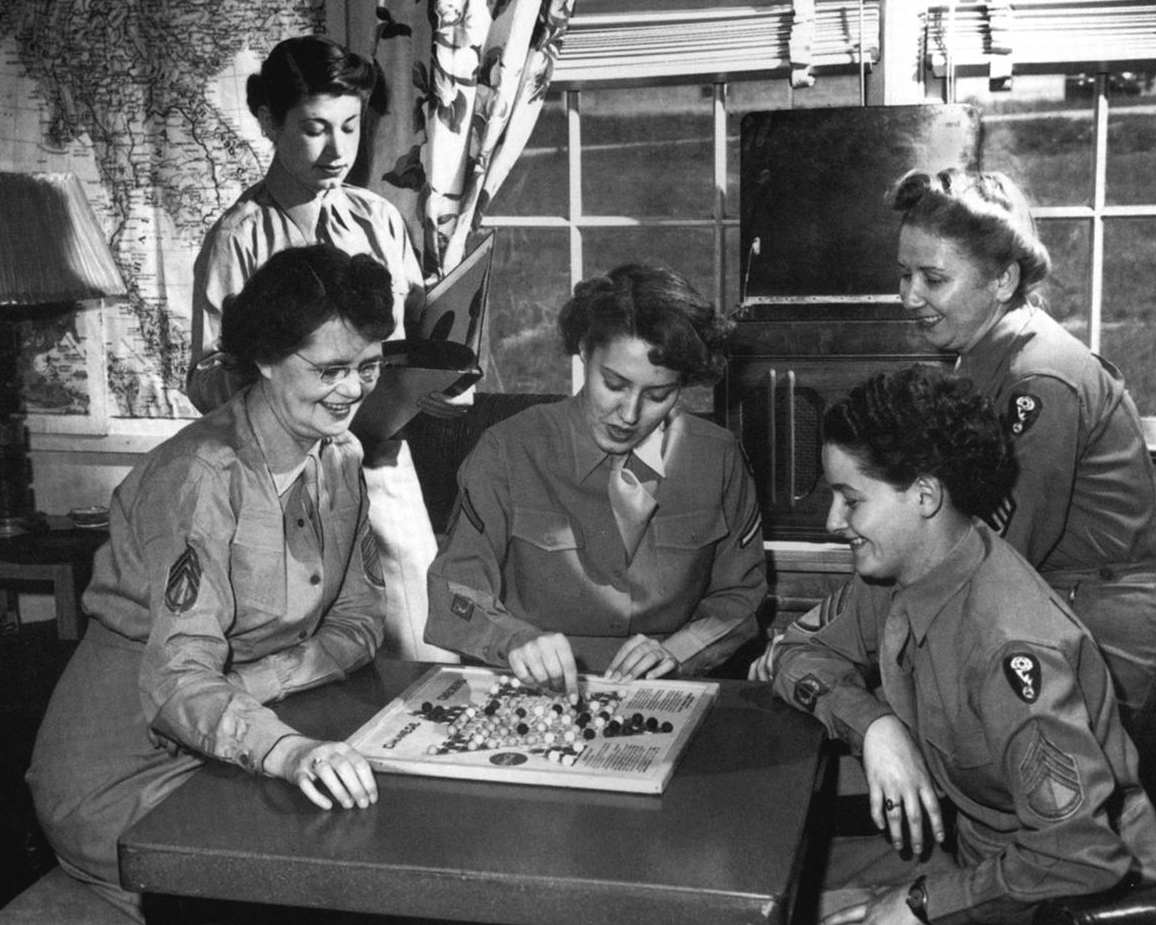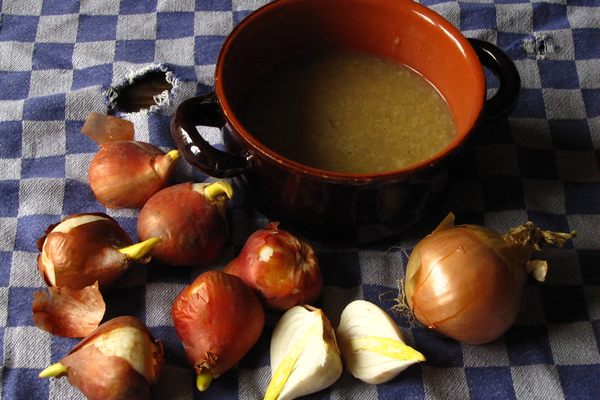How the U.S. Army Botched Feeding Its Female Soldiers in WWII
Outcomes included weight gain, sexual harassment, and skipping meals.

It was 1942, and over 100,000 women were expected to join the newly instituted Women’s Army Corp. For the first time, women could contribute to the war effort from within the military, in an all-female auxiliary unit modeled on the British equivalent.
American officers believed themselves to be ready for this female onslaught: Jobs had been sorted into two piles—406 deemed “suitable” for women; 222 more active or technical roles “unsuitable.” Women’s barracks had been set up; hair and uniform regulations had been considered; smelling salts were on hand for when women needed vaccinations. Yet when women did join the army by the thousands, the officers discovered they were woefully unprepared and had created rules that were impossible to follow. Hair was supposed to be kept above the collar, but there was often nowhere for women to get it cut or set. Skirts that had looked stylish and demure on the page were cut for men’s bodies—they constantly rode up and made even the slimmest women seem “pot-bellied.” WAC hats were so badly designed that they cut women’s foreheads. Almost no women fainted after receiving shots.
But perhaps the greatest oversight was in what women wanted to eat: Thousands of WAC members unexpectedly gained weight on rations designed for male combat fighters, or were forced to skip meals to avoid sexual harassment.
Army officials had planned a one-size-fits-all menu and mess schedule for men and women: same sinks, same utensils, same chow. As time went on, however, it became clear that their initial inflexibility had caused women serious harm. Toward the end of the war, some adjustments were made—though, for more than two years, women had to find solutions themselves.

Some modifications were practical necessities: In the kitchens, ad hoc adjustments made it easier for women to use service stations designed for men—duckboards to make sinks less deep, or shelves and wheeled carriers to minimize lifting or bending. “Similar mechanical contrivances made it possible for women to manage heavy equipment designed for men,” writes Mattie E. Treadwell in The Women’s Army Corps.
Other changes were aesthetic—or simply represented a desire for a mess hall that felt like home. The buildings and kitchens were standardized across male and female barracks, and had an identical budget—yet walking into the women’s mess was quite a different experience. Women transformed their mess halls into a kind of hearth: They added potted plants, color, and even curtains, all salvaged at no expense or funded themselves. (“I’ll never see a sweet potato vine without thinking of the WAC,” Lieutenant Colonel Helen H. Woods said, in a later interview.) Messes became the soul of women’s barracks: A borrowed piano or phonograph provided music, and at holidays, they were decorated with bunting or autumn foliage. “The WAC unit mess invariably tended to take on something of the function of the kitchen in pioneer homes,” writes Treadwell, “a center for family life, visiting, and entertainment.”
Meals also differed. The master menu had been written for men: Women found it heavy, fatty, and overly sweet. To counteract this, women mess officers bartered with the men’s barracks next door to swap out undesirables for things women wanted to eat. Pastry, lard, and syrup, for instance, might be swapped out for fresh fruit and vegetables. “For the first years of the war, adjustment was attempted on a local level,” writes Treadwell, “with the WAC mess sergeant ordinarily adept at swapping mayonnaise for salad oil, potatoes for lettuce, and large quantities of pork for small steaks.”

When these adjustments could not be made, women’s health and happiness often paid the price. At communal messes between men and women’s barracks, Treadwell writes, “company commanders reported not only loss of esprit, but a serious nutritional problem.” Women’s barracks were smaller than men’s, which meant they were outnumbered in mess halls. Walking into the communal mess meant fending off the advances of sometimes hundreds of male soldiers. It was too much for many to bear, with female soldiers instead choosing to skip breakfast or go to bed without dinner. Sweets or candy bars bought from in-army retailers helped fill the gap—though they had little nutritional value.
In the end, the idea of “consolidated messes” was dropped, and women were permitted to eat among themselves. The outcome, the army reported, was an improvement in health and morale, where women came together in a non-threatening, pleasant environment to sit and talk, read their mail, or listen to records together.
Forced to eat army menus where a day’s meals might total nearly 4,000 calories, women soldiers were often unhappy to find themselves gaining weight. Their posts included working as clerks, typists, drivers, or cooks—not wholly sedentary roles, but not active enough to justify eating twice as much as they had at home.

One study indicated that 82 percent gained about six pounds in their first six weeks of basic training. By the end of that stint, some 45 percent of female soldiers were deemed overweight. It was this perceived health risk that led to an overhaul of the women’s menu—though the unfortunate title of the 1944 army-issued circular Weight Control in the WAC meant that women were mostly “unmercifully ribbed” by male personnel “who found the circular enjoyable reading matter.”
And so, in January 1945, the New York Times reported, the army introduced a widespread diet revision for all women, which saved an estimated $2.7 million a year: “The Wac, though a soldier and leading an active life, does not eat a man’s ration, and so can be nourished adequately on 3,100 calories a day, which is 650 calories less than is required for male soldiers.” From now on, women would be served fewer fried potatoes, less breakfast sausage, and more fruit.
Nine months after the army Quartermaster General finally introduced a women’s master menu, the Second World War came to an end. It’s not clear how much of an impact the new menu made to women, though it certainly saved the army money. WAC servicewomen returned to civilian life, after years of having to forge their own path and prove themselves amid what historian D’Ann Campbell describes as “intense hostility from their male comrades.” Despite it all, they excelled: General Douglas MacArthur, Treadwell writes, said the WACS were his “best soldiers”—more industrious, more disciplined, and more cheerful than their male counterparts. All that, and interior design flair to boot.
Gastro Obscura covers the world’s most wondrous food and drink.
Sign up for our email, delivered twice a week.




























Follow us on Twitter to get the latest on the world's hidden wonders.
Like us on Facebook to get the latest on the world's hidden wonders.
Follow us on Twitter Like us on Facebook